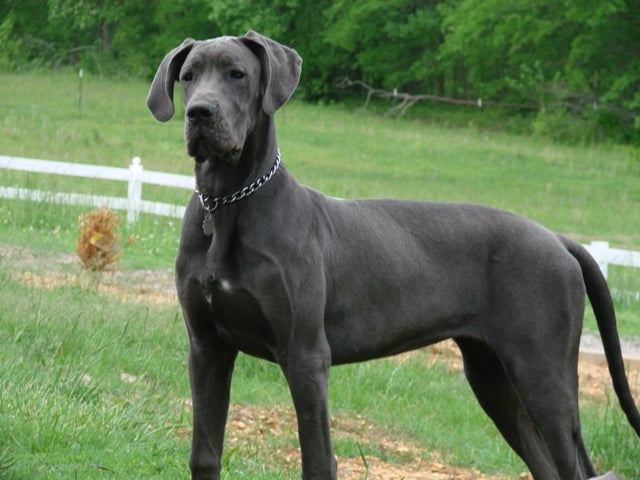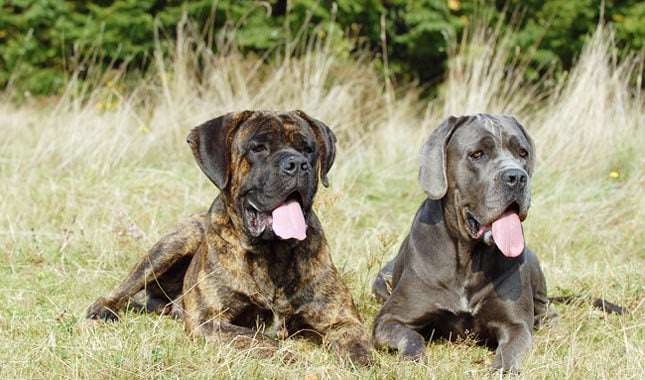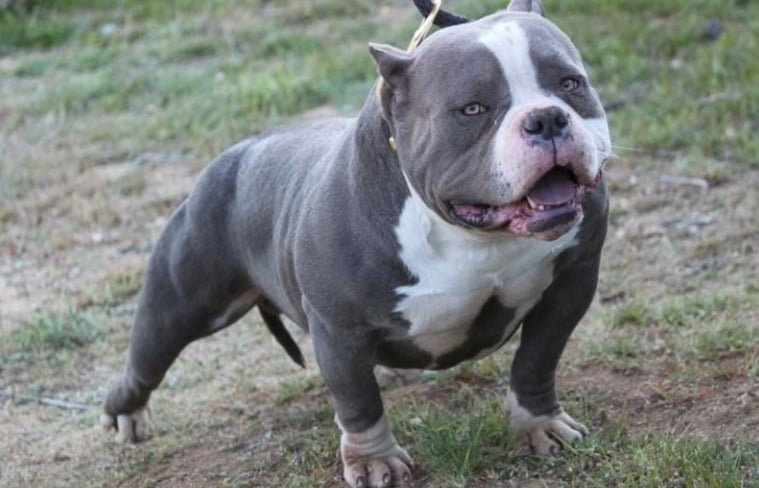15 Facts You Didn’t Know About The African Wild Dog
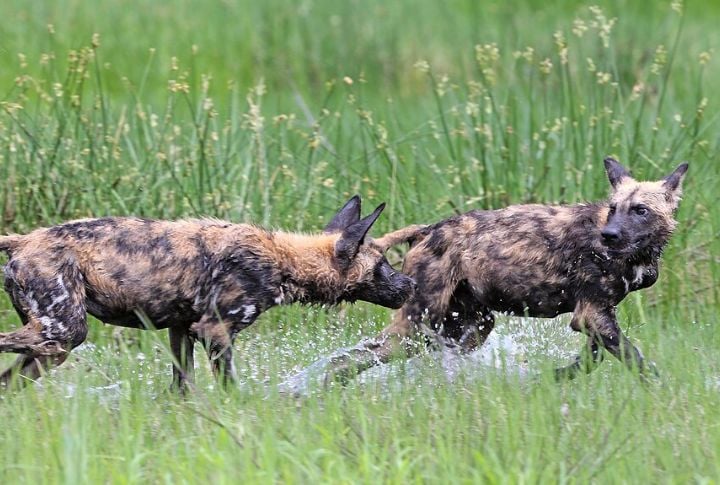
The African Wild Dog is one of nature’s most intriguing yet overlooked creatures. While they may not always get the attention they deserve, their unique behaviors and social structure are nothing short of fascinating. So, let’s take a look at 15 surprising facts about these wild hunters, and you might just find yourself rethinking everything you thought you knew about them.
Largest African Canid

The African wild dog holds the title of Africa’s largest wild canine. Weighing between 18 to 36 kilograms, they stand out for their size compared to other African carnivores. Impressive, right? Plus, these dogs rely on speed to thrive in the wild.
Unique Coat Patterns
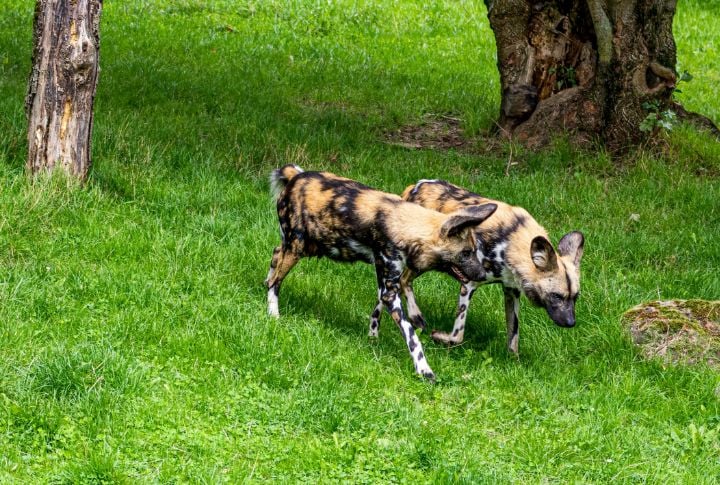
Each African wild dog sports a one-of-a-kind coat pattern. Their fur consists of a mix of black, white, brown, and yellow patches, making them instantly recognizable. No two dogs look alike! This unique coloring is vital for identification within the pack and for camouflage in their environment.
Exceptional Hunters
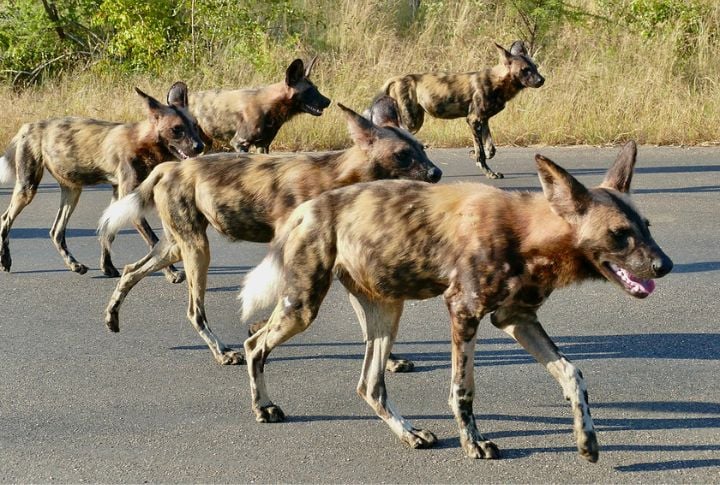
When it comes to hunting, these dogs are top-tier athletes. Their strategy is teamwork, not brute strength. Working in unison, they can outlast even the most agile prey. Instead of going for the kill in one strike, they wear their target down over a long chase.
Social Pack Dynamics
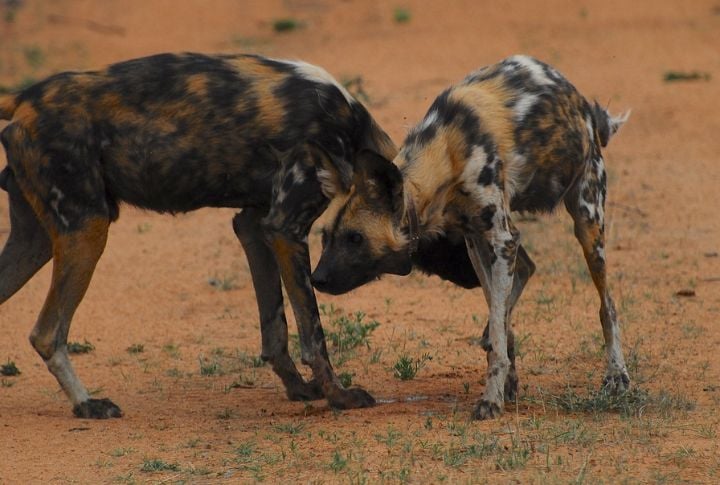
Pack life is essential to the African wild dog’s survival. Groups usually consist of 2 to 27 members, often led by a dominant alpha pair. The pack’s social bonds are complex, with every member contributing to hunting, caregiving, and territory defense.
Cooperative Caregivers
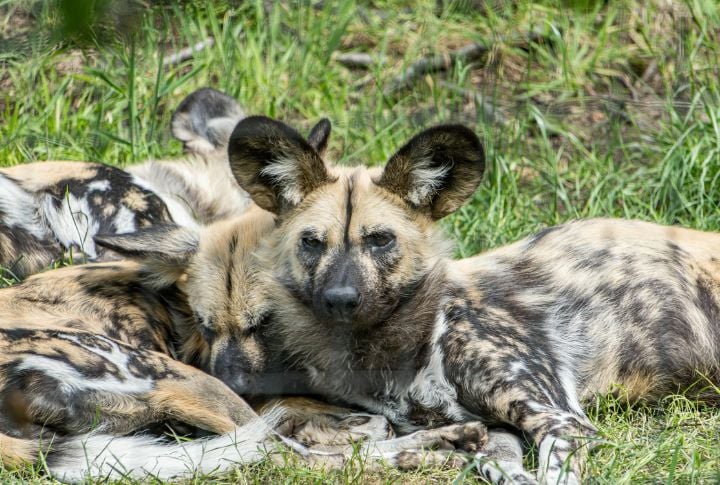
Unlike most species, African wild dogs practice cooperative caregiving. Everyone in the pack pitches in to help raise pups, feed the sick, and support the injured. The communal approach to child-rearing ensures the pack’s future, reinforcing the importance of family in the wild.
Vocal Communicators
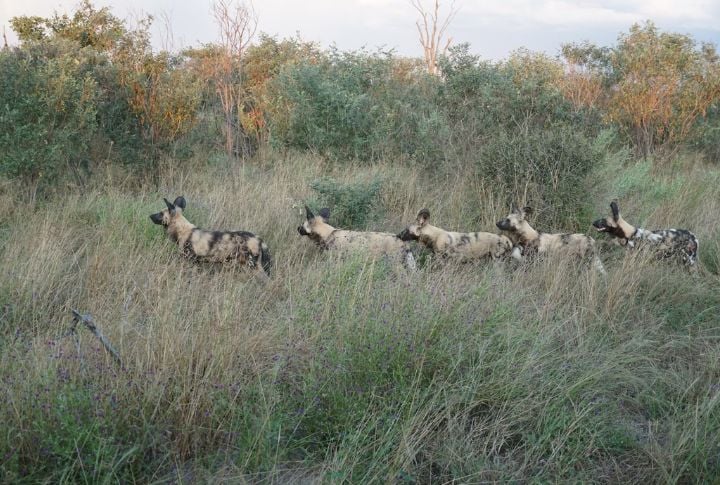
African wild dogs communicate using a wide range of vocalizations. From chirps to squeaks and hoots, these sounds help them stay connected while hunting or in social activities. They don’t bark, but their unique vocal range allows them to coordinate movements during hunts and maintain pack unity.
High-Speed Pursuit Predators
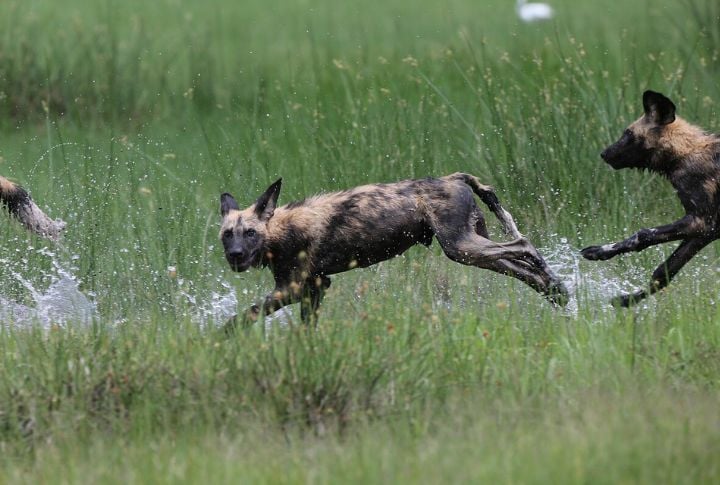
Imagine running at speeds of up to 66 km/h for miles! That’s how fast African wild dogs can pursue their prey. Their physical endurance allows them to outrun most animals for miles. This speed is essential when chasing down prey like impalas, which require quick bursts of stamina.
Strictly Carnivorous Diet
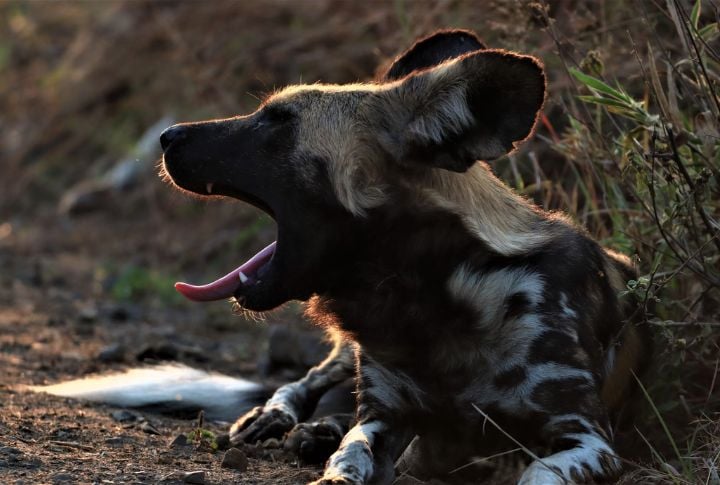
It’s all about meat for the African wild dog. These dogs are strict carnivores, hunting in packs to take down medium-sized prey. They’ll feast on antelopes, impalas, and occasionally smaller animals. If you were an African herbivore, you’d definitely want to stay on the move.
Limited Reproductive Roles

In the wild dog world, only the alpha pair gets to breed. This isn’t just about dominance—it’s a survival strategy. The alpha pair ensures that the pack remains stable and that resources aren’t spread too thin. It’s a communal approach to raising the next generation.
Endangered Status
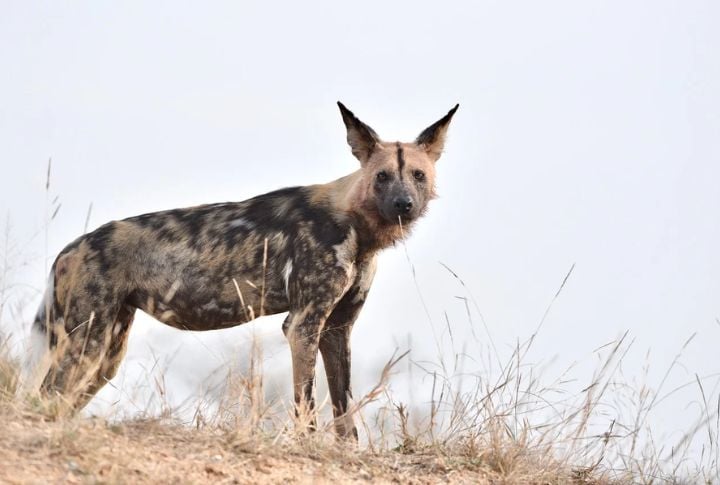
Sadly, African wild dogs are classified as endangered, with fewer than 7,000 individuals left. Habitat loss and human-wildlife conflict are key threats. Conservation efforts are underway, but urgent action is required to prevent them from disappearing forever.
Nesting Habits
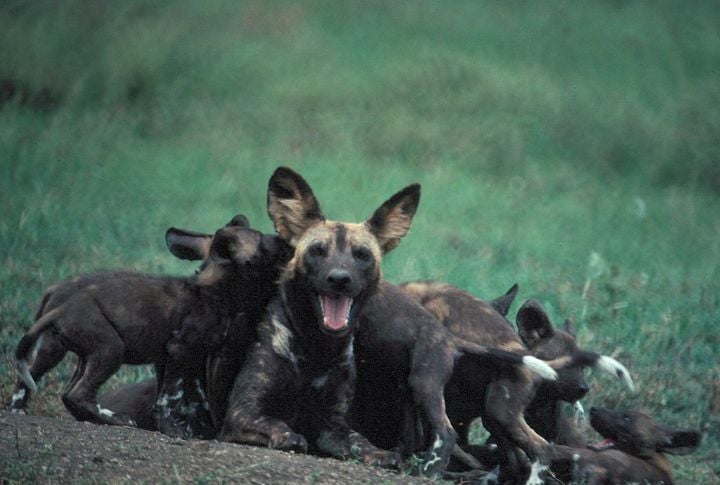
African wild dog pups are born in dens, often located in hollowed-out termite mounds or burrows. These dens provide safety from predators and the elements. The pups remain hidden in the den for up to three months before they join the hunting team.
Cultural Significance
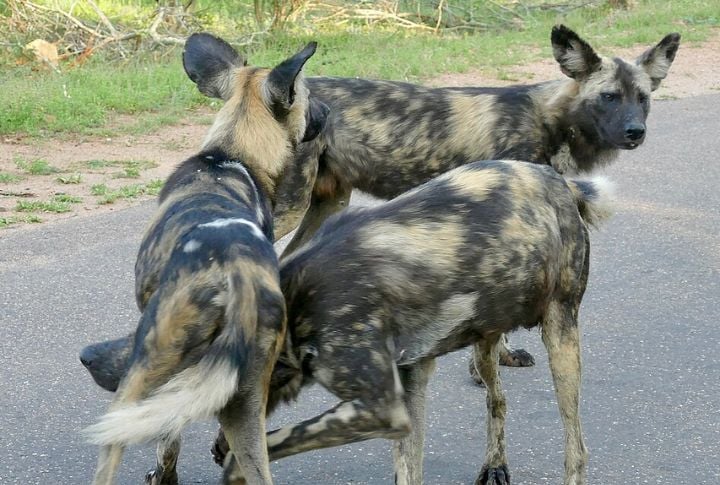
In many African cultures, the wild dog is seen as a symbol of teamwork and loyalty. Their ability to work together so effectively has earned them admiration and respect. Wild dogs feature in local folklore, symbolizing the importance of mutual support in achieving goals.
Susceptibility To Disease
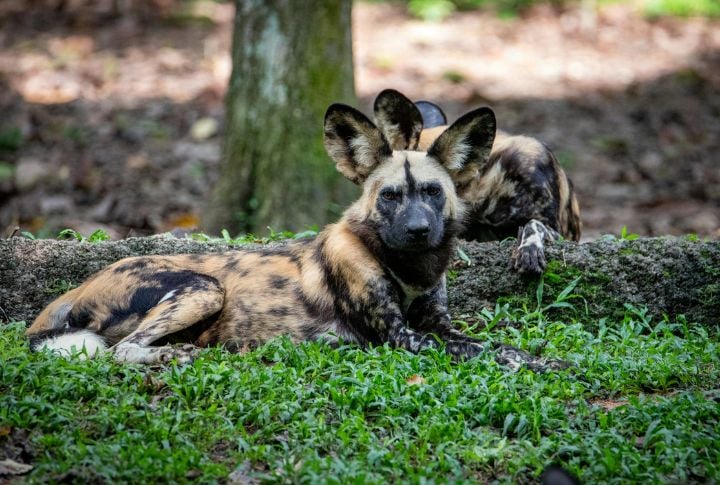
African wild dogs are highly vulnerable to diseases like rabies and distemper, often transmitted by domestic dogs. These diseases can devastate populations quickly, making disease control and health management critical aspects of their conservation.
Habitat Fragmentation Challenges

Urban expansion and agriculture have fragmented the African wild dog’s habitat, forcing them into isolated pockets. This not only makes it harder for them to find prey but also limits their ability to mate with other packs. Plus, these isolated populations suffer from reduced genetic diversity.
Conservation Efforts Underway

Organizations worldwide are working to protect African wild dogs through habitat preservation and anti-poaching measures. Community-based conservation efforts help reduce human-wildlife conflict, while tracking and monitoring populations provide valuable data.

